Ted Williams was one of the greatest hitters in baseball history. Still, his choice of a final resting place overshadows his athletic achievements.
Known as “The Splendid Splinter,” Williams played his entire 19-year career with the Boston Red Sox. During this time, he achieved a .344 career batting average, 521 home runs, and two Triple Crown awards. He was a 19-time All-Star and twice won the American League Most Valuable Player Award. Beyond his athletic prowess, Williams served as a fighter pilot in both World War II and the Korean War, further solidifying his status as an American icon.
Williams’ death at the age of 83 from a cardiac arrest should have marked the end of his legendary life story. However, what transpired in the days and weeks following his passing would become a subject of fascination, debate, and legal battles that continue to intrigue the public.
The controversial cryonic preservation of Ted Williams
After his death, Ted Williams’ body became the center of a bizarre and contentious situation shortly after his death. It was revealed that the baseball icon’s remains had been transported to a cryonics facility in Arizona, the Alcor Life Extension Foundation, where they would be preserved through an unconventional and scientifically disputed process known as cryonic suspension.
The decision to have Williams’ body cryogenically frozen was reportedly based on a pact he had made with his son, John Henry Williams. This agreement, scrawled on a napkin, allegedly expressed Ted’s wish to be preserved in the hopes of future revival. However, this document’s legitimacy and the baseball legend’s true intentions were quickly questioned.
The process of cryonic preservation involves cooling a body to extremely low temperatures immediately after death to prevent cellular decay. In Williams’ case, this procedure took a particularly gruesome turn. Reports emerged that his body had been decapitated, with his head and body stored separately in liquid nitrogen at the Alcor Life Extension Foundation in Scottsdale, Arizona.
Williams’ daughter, Bobby-Jo Williams Ferrell, fought against the cryonic preservation, arguing that her father had wished to be cremated and have his ashes scattered off the coast of Florida. The ensuing legal battle and public controversy cast a shadow over Williams’ legacy and raised questions about the ethics of cryonic preservation. The dispute reached its resolution in October 2002 when a settlement was reached between the siblings. Bobby-Jo agreed to drop her objections to the cryopreservation, while John Henry agreed not to sell any of their father’s DNA or tissue. Bobby-Jo was also prohibited from publicly discussing the cryopreservation.
In 2009, Larry Johnson, a former chief operating officer at Alcor, published a book titled Frozen: My Journey Into the World of Cryonics, Deception and Death. In it, he made shocking allegations about the treatment of Williams’ remains. Johnson claimed that Williams’ head was mistreated during the preservation process. He described a disturbing incident where an Alcor employee allegedly used a monkey wrench to remove a tuna can that had become stuck to Williams’ severed head. Alcor vehemently denied the incident, promising legal action against Johnson for what they called “false allegations.”
As of 2024, Williams remains cryogenically preserved at Alcor, and his history continues to spark intense debate within scientific, ethical, and legal circles. Proponents of cryonics argue that it offers a chance, however slim, at future revival and extended life. Critics, on the other hand, dismiss the practice as pseudoscience and a violation of natural death processes. While the future of cryonic technology remains uncertain, Williams will continue to serve as a grim example for the practice, extending his legend far beyond the baseball diamond.

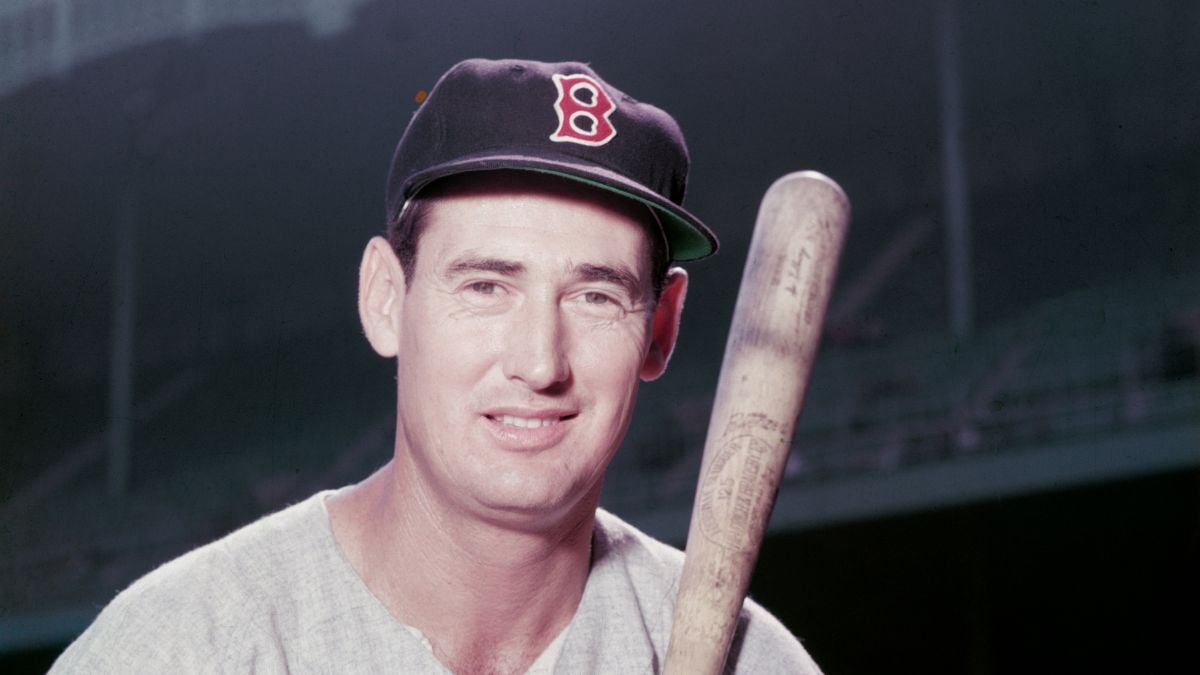
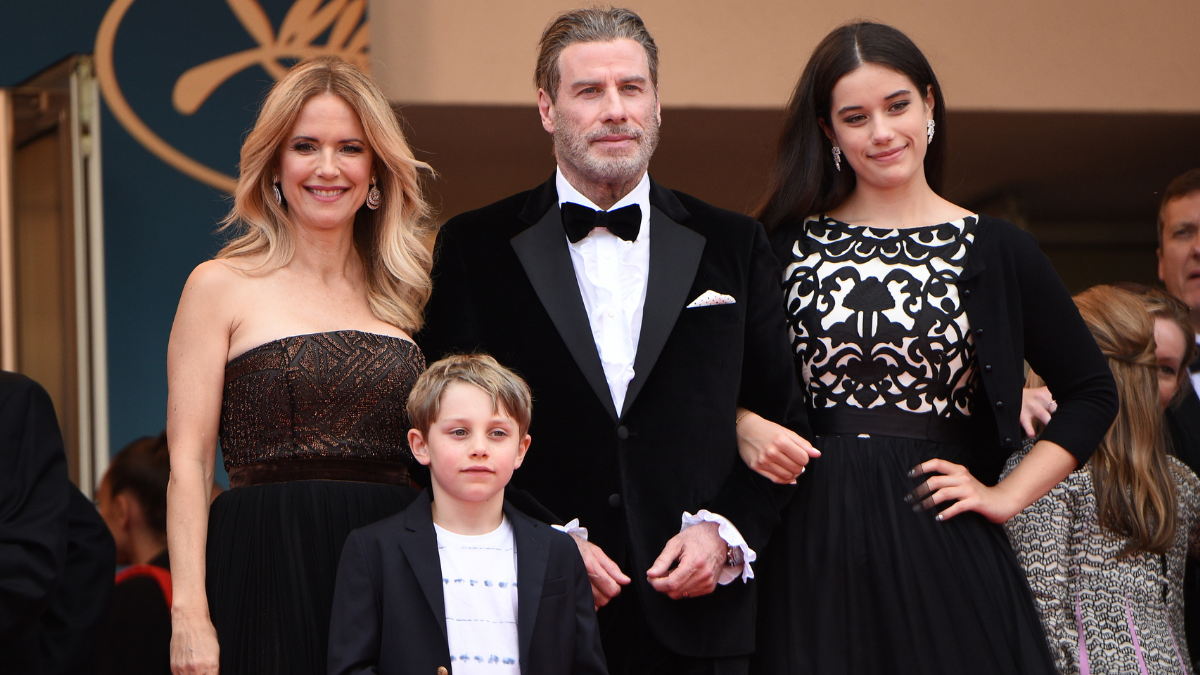

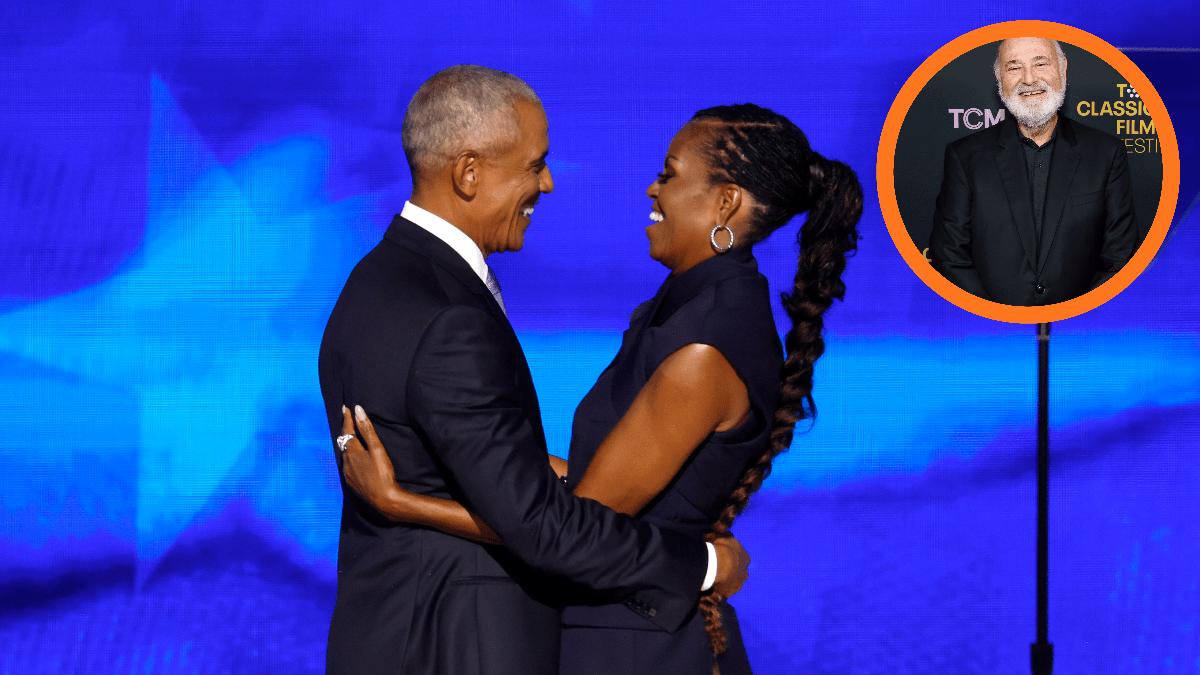
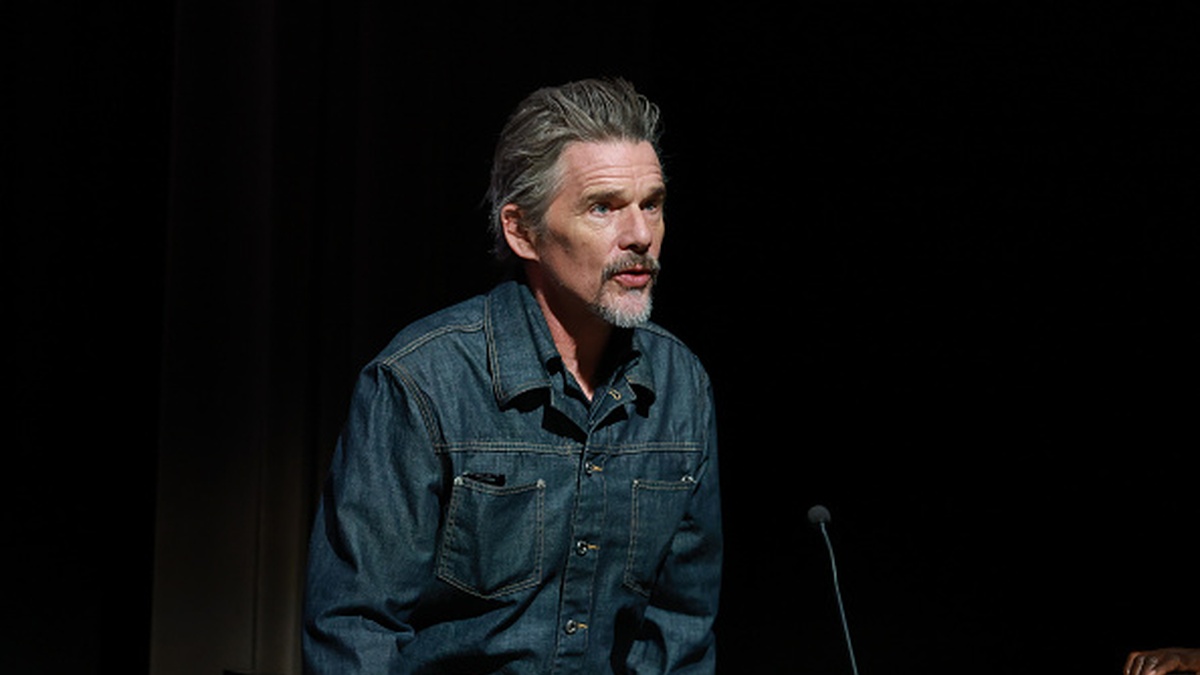

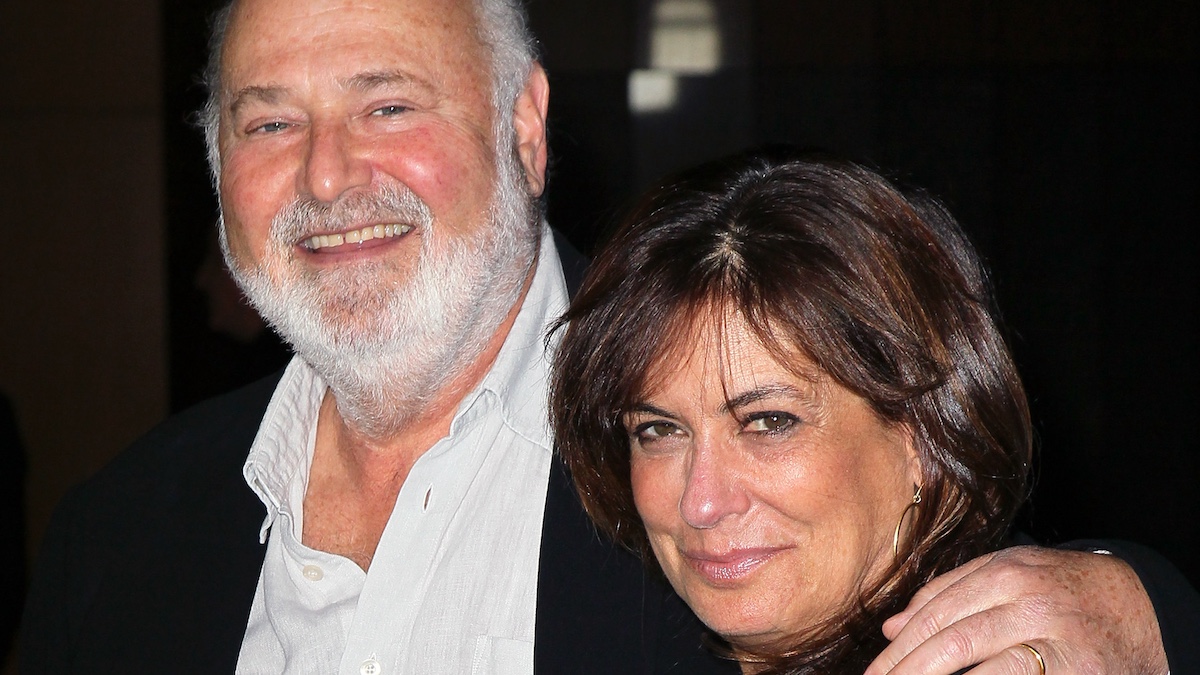
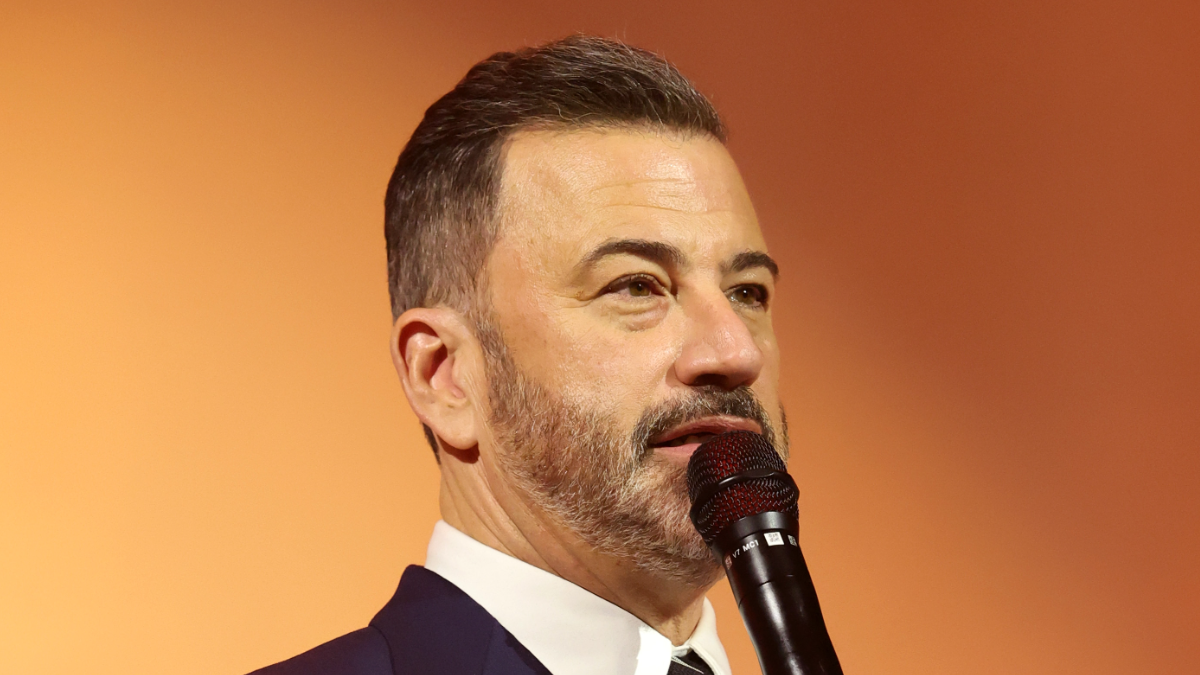
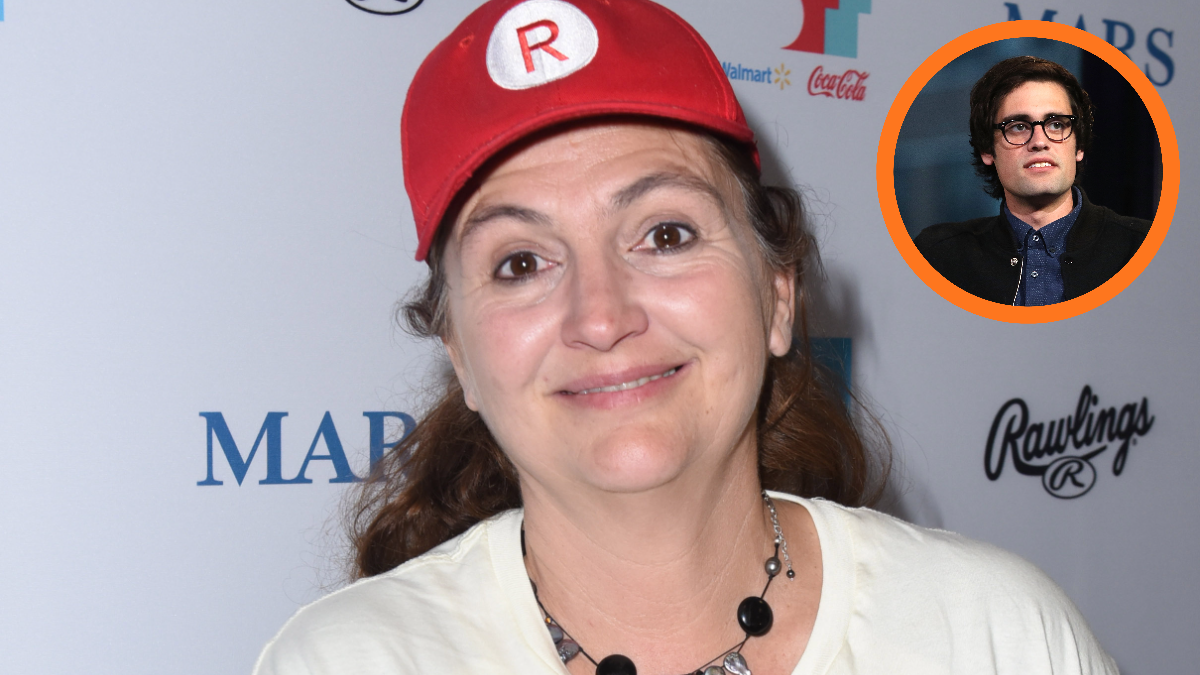

Published: Aug 17, 2024 09:58 am